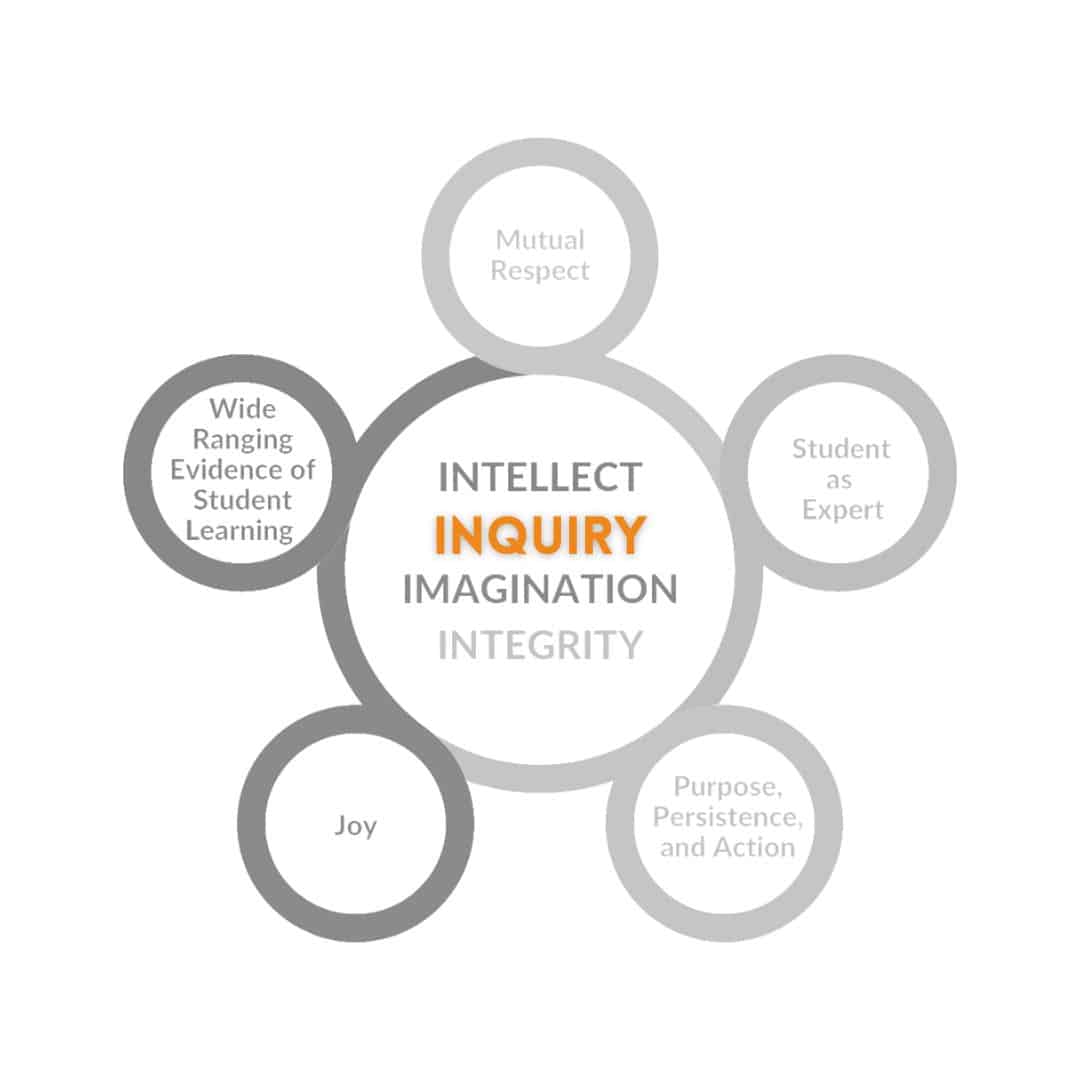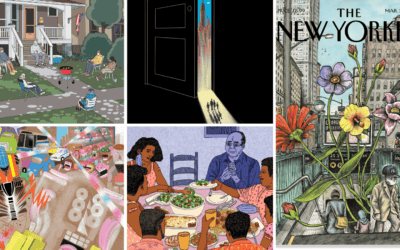The 4I’s: Inquiry

Inquiry is acting as a researcher: problem-solving, generating questions, collecting and analyzing information, and proposing solutions. Relying on curiosity and collaboration; internal motivation to learn, wonder and keen observation, paying close attention to detail and data, and devising possibilities for future investigations.
Read More
Resources and Activities
Finding Smiles
Focused and specific feedback on how we positively relate to others is good for our self-esteem and encourages us to lean into our authentic selves.
Hands and Feet Stories
Learning to listen deeply may very well be one of the most important skills we can cultivate as members of a community and one of the ways we can demonstrate our understanding of what we hear is by sharing back what was said.
Seeing with Different Eyes
Using basic observation and listening skills, this activity can serve as a catalyst for building community in the classroom and deepening understanding of how each of your students thinks.
Yes. But… vs. Yes! And…
As teachers, embracing an improvisational mindset can help us think creatively about problems, and building this kind of thinking in our students can do the same for them. This activity is a good place to start.
Listening With Someone Else’s Ears
This activity invites students to step into the role of someone (or something!) else, imagine what they would say, and listen to what those around that person are saying too.
Zoom Out
Considering the size of our problems in the relation to a bigger context can help us understand the nature of the issue better, and sometimes even make the problem seem less huge.







